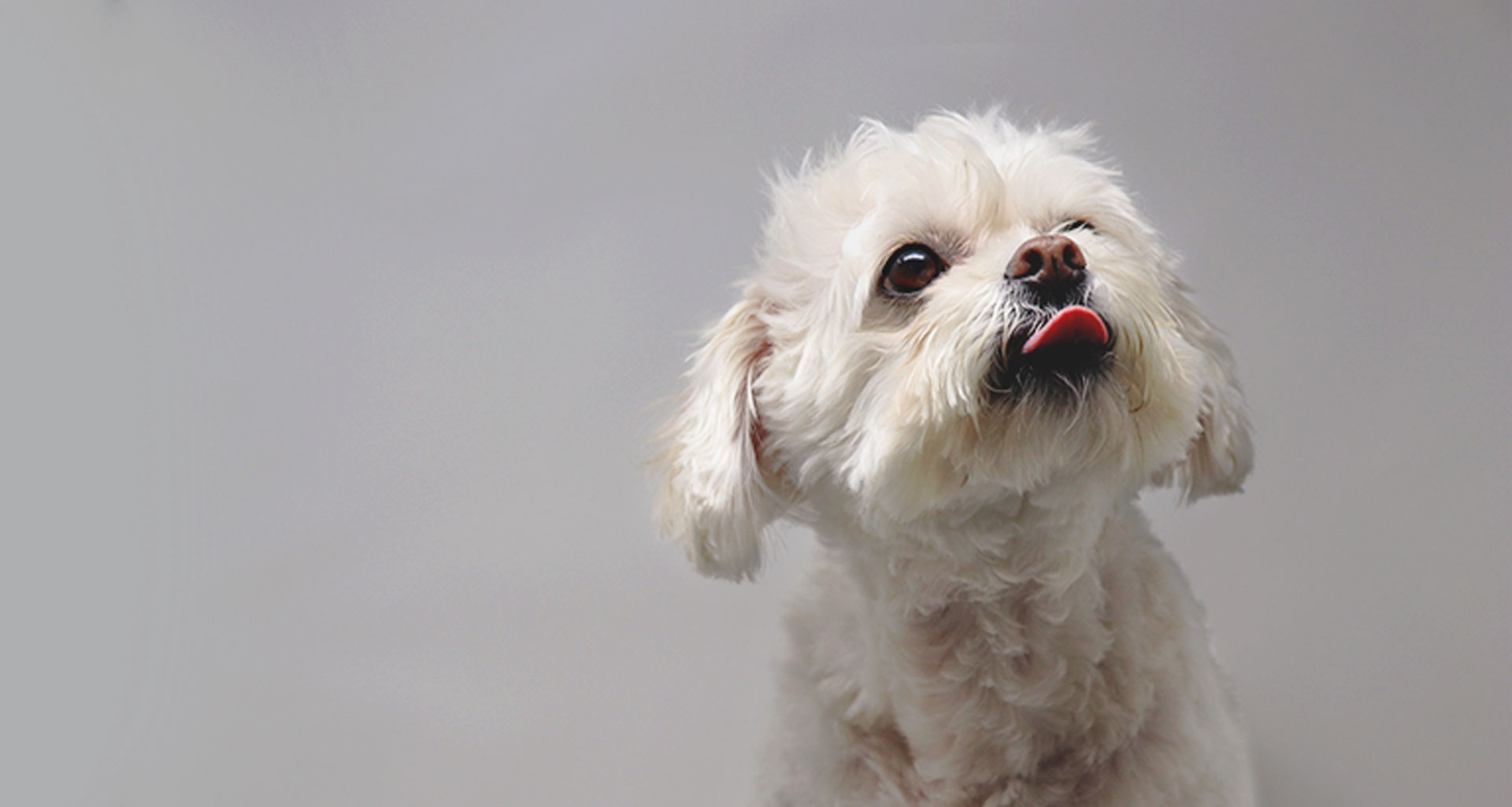Let me get a couple of things out of the way: One, I am more than fortunate to work at TJA. I’m able (and encouraged) to bring my dog to work and we consistently employ people who love dogs. Two, my dog is the best dog. (HI, BAILEY!) Okay, the second point is debatable, but I need you to know that I am writing from an extremely biased viewpoint.
Bringing Bailey to work is fun. I like having her here. There are obvious benefits like the fact that I don’t have to rush home right after work to make sure she can go outside and I certainly don’t need to buy one of those treat-dispensing pet cameras. It gives me peace of mind that she isn’t sitting at home, bored out of her adorable mind. Which, in turn, prevents me from spiraling into an existential line of thinking. “Why do we even have dogs (or pets) if we just ignore them? Is she really bored or is she fine? What does she even want out of her life?” Selfishly, and a bit more realistic, I like looking at her face and petting her throughout the day. It also allows me to do things after work like dinners, meetups or happy hours.
However, what started as a selfish decision to bring my dog to work has turned into somewhat of an obligation. The thing is, I’m not the only one that benefits from bringing Bailey to work. After she came with me to work a few times, I started to get questioned about where she was when I didn’t bring her. I loved that my coworkers love my dog, so I kept bringing her. Soon enough, she was at work 3-4 times a week and became an installation in the office. If she’s missing on a day that isn’t Monday or Friday, I get questioned about her whereabouts almost immediately.
My coworkers don’t love Bailey because everyone here loves small, fluffy and somewhat grumpy dogs. It’s because she provides comfort for everyone. She greets everyone in the morning (and sometimes when they return after lunch) with a rooster-like series of barks (she carries a tiny tennis ball in her mouth and barks through it—it’s delightful) and then sits dutifully on my desk throughout the day where she waits for people to pass by and pet her. Most people need a little break from whatever worries are bouncing through their head. Bailey provides a smile and a fluffy body to pet. Baby and/or Muppet voices are optional, but appreciated. She has developed into the official TJA therapy dog over the years. It seems like my duty to bring her to work all the time, and it’s especially important during busy times at the agency.
Bringing your dog to work sounds great. So why am I even writing this blog? There’s more to the story. Bringing your dog to work requires even more work than what you get paid for and it can be very annoying if someone brings in a dog that disrupts the entire workday. Here are a few tips I’ve learned over the past few years:
- Get to work early. Dogs will probably be amped/curious to be in a new place and generally don’t know what, “I have to work now” means.
- Keep track of them. Even if your dog is perfectly behaved at home, this is not your home. Even the best-trained dogs have accidents and it’s not a good look to have that happen at work.
- Bring treats and toys. Make your dog comfortable so they aren’t barking or disturbing everyone all day. If your dog likes to squeak toys until they break, maybe leave the squeaky ones at home.
- Take them outside often. Dogs are more active in an office, which means they drink more water and generally need to go outside more often than if they were at home sleeping the day away.
- If an accident happens, clean it immediately and teach your dog that it’s not okay. This shouldn’t need an explanation.
- Be ready to take them home if there’s an issue. Please take your dog home if they aren’t behaving.
- Expect to take care of your dog all day long. On the rare occasion you have to leave, you might have to ask someone to watch over your dog, but it should never be your coworker’s responsibility to take your dog outside or to watch it for an extended period of time. It’s a business, not a doggy daycare.
- You will probably need to stay later than usual. It’s not fair for you to take extra breaks to care for your dog and then leave exactly on time. Be fair to your coworkers and work for the entire time you are obligated to work.
Unfortunately, not all dogs are ready to come to work. Your dog is obviously a Good Dog, but might not be appropriate for your workplace. Here are some reasons to leave your furry friend at home:
- If they are aggressive. This is potentially dangerous and rude. If there are other dogs, there might be a fight, or worse, there could be an injury inflicted by your dog. At TJA, we have clients, vendors and delivery people coming and going pretty often which can cause a lot of disturbances.
- If they bark a lot. To be fair, my sweet baby angel face dog, Bailey, barks on occasion and doesn’t love children at the office. She can generally be consoled and I am always ready to take her home if she gets out of hand.
- If your dog is active when people are around. Eventually, your dog will need to settle in for the day and be quiet. If your dog isn’t able to do that, it’s best to leave them at home where they can get some rest.
- If they aren’t well-trained. Accidents happen, but are only forgiven if it is a rare occurrence. If your dog is known to mark everything or doesn’t know how to tell you they need to go outside, leave them home.
- If you are in meetings or off-site for a good portion of the day. If you aren’t going to be with your dog during the workday, they should stay at home.
Now that you are wiser about office dog etiquette, bring your fuzzy friend to work! Or don’t. Be considerate to your coworkers and remember that work comes first. If all else fails, you can always stop by and visit Bailey.




